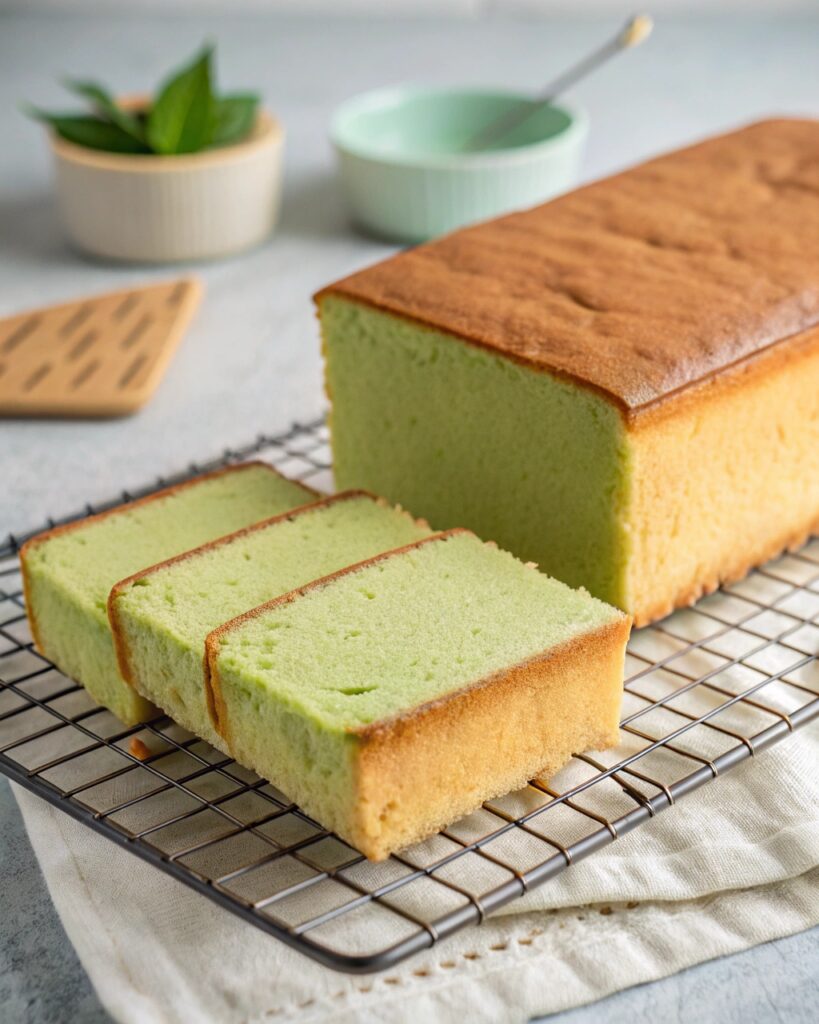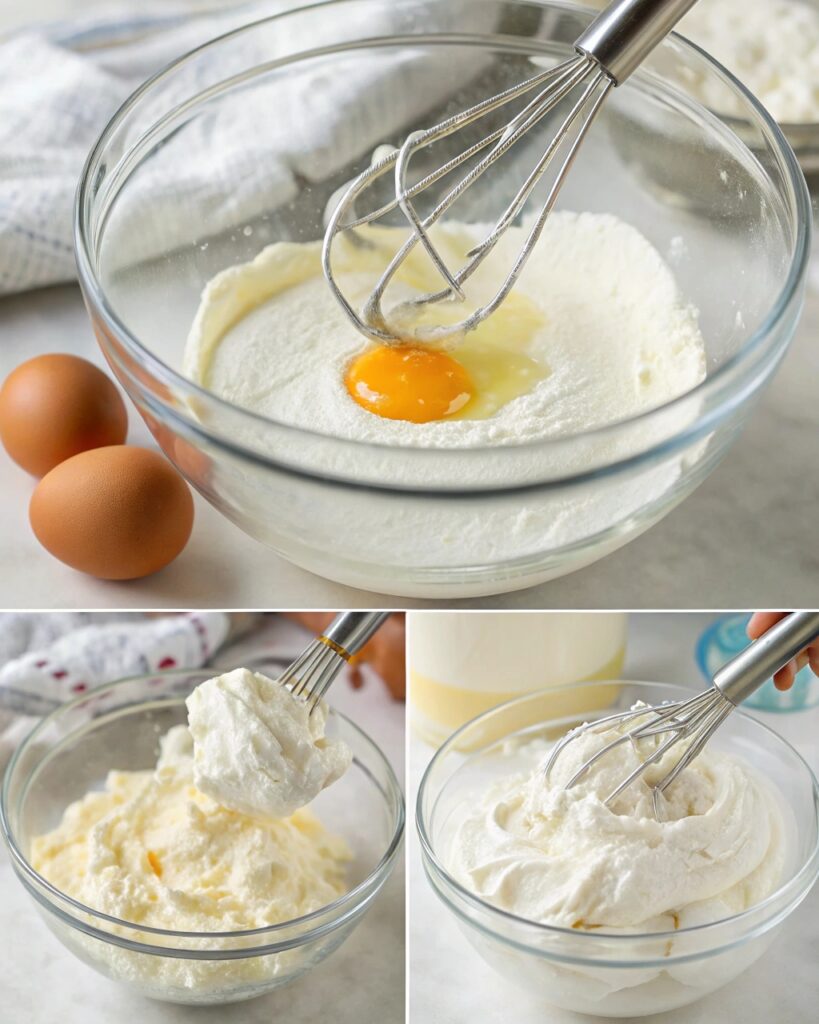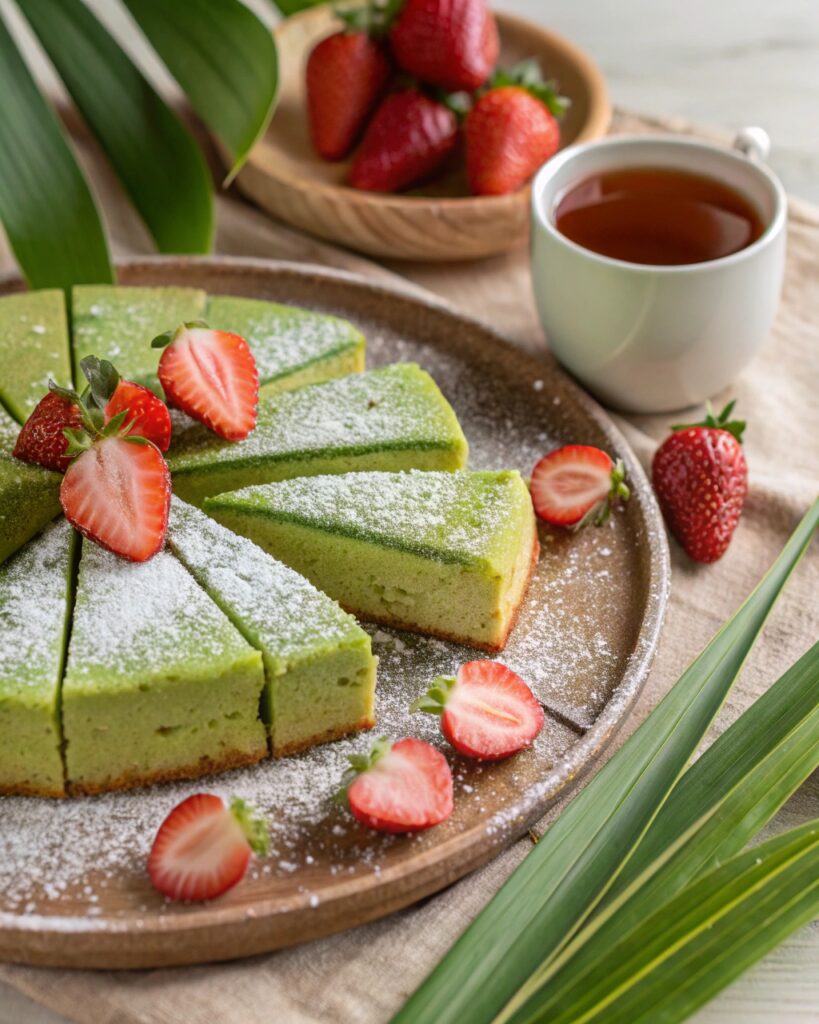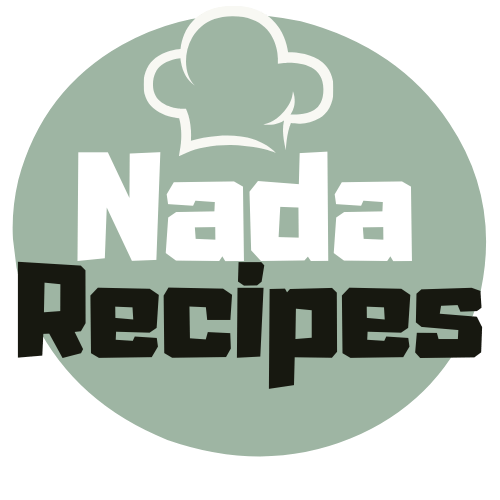Introduction
Taiwanese pandan castella cake is a light, airy, and jiggly sponge cake with a soft, cotton-like texture. Unlike traditional butter cakes, this delicacy is known for its delicate pandan aroma, mild sweetness, and melt-in-the-mouth fluffiness.
Originating from Taiwan, this castella cake takes inspiration from the Japanese version but stands out due to its unique baking method. It’s baked using a water bath to achieve its signature moist and bouncy texture. The addition of pandan, a fragrant tropical plant, enhances its flavor with a sweet, slightly nutty aroma, making it a favorite among dessert lovers.
In this article, we’ll explore the differences between Taiwanese and Japanese castella cakes, what makes this cake special, and whether it’s similar to chiffon cake. Let’s dive into the world of this delicious and jiggly Taiwanese pandan castella cake!
Part 1: What is the Difference Between Japanese and Taiwanese Castella Cake?
1. Texture and Moisture
- Japanese Castella Cake: This version is denser, with a fine crumb and a slightly chewy texture due to the high sugar content and honey syrup. It is traditionally baked in a wooden mold, which helps retain moisture.
- Taiwanese Castella Cake: Lighter, fluffier, and bouncier, this cake has a soft, cloud-like structure and a jiggly appearance when fresh. It is baked using a water bath to keep it extra moist.
2. Ingredients Used
- Japanese Castella Cake: Uses bread flour, honey, and mirin (sweet rice wine), which contribute to its chewy texture and rich sweetness.
- Taiwanese Castella Cake: Made with cake flour, eggs, oil (instead of butter), and sometimes milk, resulting in a softer and airier cake.
3. Baking Technique
- Japanese Castella Cake: Baked without a water bath, which allows it to develop a firmer, golden-brown crust.
- Taiwanese Castella Cake: Baked in a water bath, which ensures an ultra-moist texture and prevents the cake from cracking.
Part 2: What is Taiwanese Castella Cake?
1. Origins and Popularity

Taiwanese castella cake has gained worldwide popularity due to its soft, jiggly texture and delicate flavor. Unlike its Japanese counterpart, which has a denser and more structured crumb, the Taiwanese version is ultra-light and bouncy. This version became famous in Taiwanese bakeries and night markets, where freshly baked trays of castella cake are often sliced in large portions and served warm.
The pandan variation, inspired by Southeast Asian flavors, adds a fragrant, slightly nutty, and sweet aroma to the cake. Pandan leaves are commonly used in desserts and beverages across Asia, making this cake a fusion of Taiwanese baking techniques with classic Southeast Asian flavors.
2. Key Ingredients
Taiwanese castella cake is made using simple ingredients, but the method of preparation makes all the difference.
- Pandan Extract or Pandan Juice – Gives the cake its signature green color and floral aroma.
- Eggs – The secret to its fluffy texture, as egg whites are beaten into a meringue for an airy structure.
- Cake Flour – A low-protein flour that results in a softer and finer crumb.
- Vegetable Oil or Milk – Instead of butter, these ingredients keep the cake moist and tender.
- Sugar and a Pinch of Salt – Balances the sweetness and enhances the flavor.
3. Texture and Taste
Taiwanese pandan castella cake is light, wobbly, and incredibly soft. Unlike traditional sponge cakes that can be dry, this cake is moist and melts in your mouth. The pandan flavor makes it even more special, offering a unique tropical twist. It’s perfect for enjoying with tea, coffee, or on its own as a delightful snack.
Part 3: What’s Special About Castella Cake
1. Unique Baking Method
One of the standout features of Taiwanese castella cake is its baking technique. Unlike traditional sponge cakes, it is baked using a water bath (bain-marie). This method:
- Prevents the cake from drying out, keeping it moist and fluffy.
- Ensures even baking, preventing cracks on the surface.
- Helps create the cake’s signature jiggly texture.
The slow baking process at a controlled temperature gives the cake its silky-smooth and cloud-like softness.
2. Signature Jiggle and Softness
- Freshly baked Taiwanese castella cake has a light, airy structure and wobbles when moved.
- The cake is so soft that it can be pulled apart by hand instead of needing a knife.
- Its delicate texture makes it melt in your mouth with every bite.
3. Minimal Ingredients, Maximum Flavor
Despite using simple pantry staples, castella cake delivers an incredible taste. The pandan-infused version is even more special due to its natural fragrance, which blends well with the cake’s mild sweetness. Unlike heavy butter cakes, castella cake is light enough to be eaten as a snack, dessert, or even breakfast treat.
Part 4: Is Castella Cake the Same as Chiffon Cake?
Many people confuse castella cake with chiffon cake due to their light and airy textures, but they are not the same. Here’s how they differ:
1. Differences in Texture
- Taiwanese Castella Cake: Has a soft, bouncy, and slightly jiggly texture. It is moist and delicate, with a melt-in-your-mouth feel.
- Chiffon Cake: Is more structured and airy, with a slight sponginess that holds its shape better when cut. It has a drier crumb compared to castella cake.
2. Fat Content
- Castella Cake: Uses no butter, relying on vegetable oil and eggs to create moisture. This makes it lighter and less greasy than butter-based cakes.
- Chiffon Cake: Contains more oil and sometimes butter, giving it a richer taste.
3. Baking Method
- Castella Cake: Baked using a water bath (bain-marie), which helps it retain moisture and develop an ultra-soft texture.
- Chiffon Cake: Baked in a tube pan without a water bath, allowing air to circulate evenly and create a taller, fluffier structure.
4. Egg Separation Technique
Both cakes use whipped egg whites (meringue) for fluffiness, but castella cake is more delicate due to its gentle folding technique. This helps maintain its jiggly, cotton-like texture, while chiffon cake has a more elastic and firm structure.
Which One Should You Choose?
- If you love a moist, ultra-soft, and jiggly cake, go for Taiwanese castella cake.
- If you prefer a lighter but structured sponge with more spring, try chiffon cake.
Part 5: FAQs About Taiwanese Castella Cake
1. What is the difference between Japanese and Taiwanese Castella Cake?
Japanese castella cake is denser, chewier, and slightly sticky, with a fine crumb due to its use of bread flour and honey. It is traditionally baked without a water bath.
Taiwanese castella cake, on the other hand, is softer, fluffier, and jiggly, thanks to its use of cake flour and a bain-marie (water bath) baking method. This gives it a moist, cotton-like texture that melts in your mouth.
2. What is Taiwanese Castella Cake?
Taiwanese castella cake is a light, fluffy sponge cake that became popular in Taiwan’s night markets and bakeries. It is made with eggs, cake flour, sugar, and oil, giving it a delicate structure. The pandan version incorporates pandan extract, which adds a fragrant, sweet, and slightly nutty taste.
3. What’s special about Castella Cake?
Castella cake stands out due to its unique baking technique—it is baked in a water bath to ensure extra moisture and softness. The cake’s signature jiggly and airy texture makes it a favorite among those who enjoy light, delicate desserts. The pandan-flavored version adds a tropical twist to this already delicious treat.
4. Is Castella Cake the same as Chiffon Cake?
No, castella cake and chiffon cake are different.
Castella cake is softer, jiggly, and ultra-moist, thanks to its water bath baking method.
Chiffon cake is more structured, airy, and springy, with a drier crumb and a firmer shape.
Part 6: How to Make Taiwanese Pandan Castella Cake (Step-by-Step Recipe)

Making Taiwanese pandan castella cake at home requires simple ingredients and careful techniques to achieve its signature fluffy, jiggly texture. Below is a step-by-step guide to help you bake the perfect pandan castella cake.

Taiwanese Pandan Castella Cake
Ingredients
Method
- Preheat & Prepare the PanPreheat oven to 300°F (150°C).Line an 8-inch square pan with parchment paper.
- Make the Pandan Egg Yolk MixtureWhisk together vegetable oil, pandan juice, milk, and vanilla extract.Add egg yolks, then sift in cake flour and salt. Mix until smooth.
- Prepare the MeringueBeat egg whites with lemon juice or vinegar until foamy.Gradually add sugar and beat until stiff peaks form.
- Combine the MixturesGently fold 1/3 of the meringue into the pandan mixture.Repeat until fully combined, being careful not to deflate the batter.
- Bake Using a Water BathPour batter into the prepared pan and smooth the top.Place the pan into a larger tray filled with hot water.Bake for 60-70 minutes until the top is golden brown.
- Cool & ServeLet cool in the pan for 10 minutes, then transfer to a wire rack.Slice and enjoy your soft, fluffy pandan castella cake!
Notes
✔ Be gentle when folding the meringue to keep the cake fluffy.
✔ Store in an airtight container for up to 2 days at room temperature or 5 days in the fridge.
Part 7: Tips for a Perfect Taiwanese Pandan Castella Cake
Achieving the perfect fluffy, jiggly texture of Taiwanese pandan castella cake requires attention to detail. Here are some expert tips to ensure your cake turns out light, moist, and soft every time.
1. Use Cake Flour for a Softer Texture
- Cake flour has less protein than all-purpose flour, making the cake lighter and more delicate.
- If you don’t have cake flour, you can make a substitute by replacing 2 tablespoons of all-purpose flour with 2 tablespoons of cornstarch per cup of flour.
2. Beat the Egg Whites to Stiff Peaks
- The meringue (whipped egg whites) is the key to achieving the airy structure of the cake.
- Beat until stiff peaks form—this means when you lift the whisk, the peaks should stand up firmly without collapsing.
- Overbeating can cause the meringue to break and create a grainy texture, while underbeating will result in a flat cake.
3. Gently Fold the Meringue into the Batter
- Use a spatula to fold the meringue in three additions gently.
- Avoid stirring too hard, as this will deflate the air bubbles and make the cake dense.
4. Bake at Low Temperature Using a Water Bath
- Baking at 150°C (300°F) for about 60-70 minutes ensures the cake stays moist and evenly cooked.
- The water bath (bain-marie) prevents the cake from drying out and helps create its signature soft, cotton-like texture.
- Make sure the water in the tray is hot but not boiling to provide gentle steam during baking.
5. Check for Doneness Correctly
- The cake is ready when:
- The top is golden brown.
- A toothpick inserted in the center comes out clean or with just a few crumbs.
- When gently pressed, the cake bounces back without sinking.
6. Let the Cake Cool Properly
- Let the cake cool in the pan for 10 minutes before removing it.
- If removed too early, the cake may collapse due to the rapid temperature change.
- Cool it on a wire rack to prevent condensation from making the bottom soggy.
7. Store It the Right Way
- If eating fresh, enjoy it warm for a jiggly, cloud-like texture.
- For a firmer texture, refrigerate for a few hours—the flavor deepens, and the cake becomes slightly denser.
- Store in an airtight container at room temperature for up to 2 days or refrigerate for up to 5 days.
Part 8: Variations and Flavor Twists for Castella Cake
While the classic pandan version is already delicious, you can experiment with different flavors and ingredients to create unique variations of Taiwanese castella cake. Here are some exciting ways to customize your cake.
1. Chocolate Castella Cake
- Replace pandan juice with 60ml (1/4 cup) of warm milk mixed with 2 tbsp cocoa powder.
- This creates a rich, chocolatey flavor while maintaining the cake’s soft and fluffy texture.
- For extra indulgence, add a handful of chocolate chips to the batter.
2. Matcha (Green Tea) Castella Cake
- Add 1 tbsp of matcha powder to the dry ingredients for a fragrant, earthy taste.
- Matcha’s natural bitterness balances the cake’s sweetness, making it perfect for green tea lovers.
3. Honey Castella Cake
- Replace granulated sugar with honey for a naturally sweet and floral flavor.
- Honey also enhances the moisture of the cake, making it even softer.
- Add a thin glaze of warm honey on top after baking for extra shine and sweetness.
4. Coconut Castella Cake
- Replace milk with coconut milk and use coconut oil instead of vegetable oil for a tropical twist.
- Sprinkle toasted shredded coconut on top for added texture and flavor.
5. Coffee Castella Cake
- Dissolve 1 tbsp instant coffee powder in the milk before adding it to the batter.
- This gives the cake a deep coffee aroma, making it a great pairing with a cup of espresso.
6. Ube (Purple Yam) Castella Cake
- Add 2 tbsp ube powder or 1/4 cup ube puree to the batter.
- This version has a sweet, nutty flavor and a beautiful purple color.
7. Cheese-Stuffed Castella Cake
- Pour half of the batter into the pan, then add a layer of cream cheese before pouring in the rest of the batter.
- The result is a creamy, slightly salty filling that pairs perfectly with the cake’s sweetness.
8. Lemon or Orange Castella Cake
- Add 1 tbsp of lemon or orange zest to the batter for a fresh, citrusy kick.
- Drizzle a simple lemon glaze (powdered sugar + lemon juice) over the cake for extra flavor.
Which Flavor Should You Try?
Each of these variations adds a unique twist while keeping the signature softness and fluffiness of castella cake. Whether you prefer a tropical coconut version, a rich chocolate twist, or a refreshing citrus flavor, there’s a castella cake for everyone!
Part 9: Serving Ideas and Best Pairings for Castella Cake
Taiwanese pandan castella cake is delicious on its own, but pairing it with the right toppings, beverages, or accompaniments can elevate its flavor and presentation. Here are the best ways to serve and enjoy this fluffy, jiggly cake.

1. Serve It Fresh and Warm
- Freshly baked castella cake is soft, airy, and slightly jiggly—best enjoyed warm!
- Slice it into thick, even portions and serve immediately for the best texture.
2. Chill for a Firmer Texture
- If you prefer a denser, more structured cake, refrigerate it for a few hours.
- Chilled castella cake has a slightly firmer texture, making it easier to slice neatly.
3. Add Toppings for Extra Flavor
- Powdered Sugar: A light dusting enhances the cake’s delicate sweetness.
- Fresh Fruits: Serve with sliced strawberries, mangoes, or bananas for a refreshing contrast.
- Whipped Cream: A dollop of vanilla or coconut whipped cream adds creaminess.
- Condensed Milk Drizzle: Drizzling sweetened condensed milk makes it extra indulgent.
4. Pair It with a Perfect Beverage
- Hot Tea: Jasmine, matcha, or oolong tea enhances the cake’s subtle flavors.
- Coffee: A latte, cappuccino, or espresso balances the cake’s sweetness.
- Milk: A glass of cold milk or coconut milk pairs well with pandan’s nutty aroma.
5. Serve It as a Dessert Base
- Castella Ice Cream Sandwich: Slice the cake in half and add vanilla, ube, or matcha ice cream in between.
- Castella Parfait: Layer cut pieces of castella cake with yogurt, fruits, and granola for a delightful parfait.
- Cake French Toast: Dip slices in beaten eggs and milk, then pan-fry for a crispy, golden-brown crust.
6. Special Occasions and Gifting
- Birthday Cake Alternative: Stack layers with whipped cream and fruit for an elegant cake.
- Gift Box Idea: Wrap slices individually in parchment paper and place in a box for a beautiful, homemade gift.
Enjoy It Your Way!
Whether eaten warm, chilled, or with creative toppings, Taiwanese pandan castella cake is a versatile and delicious dessert that can be enjoyed at any time of day.
Conclusion: Why You Should Try Taiwanese Pandan Castella Cake
Taiwanese pandan castella cake is the perfect combination of soft, fluffy, and jiggly, making it a must-try for dessert lovers. Unlike traditional sponge cakes, its moist and airy texture melts in your mouth with every bite. The addition of pandan extract enhances its flavor, giving it a lightly sweet, floral, and nutty aroma that makes it truly special.
Key Takeaways:
Different from Japanese Castella Cake – Lighter, softer, and baked using a water bath for extra moisture.
Not the Same as Chiffon Cake – Chiffon is airier and more structured, while castella is softer and jiggly.
Simple Ingredients, Maximum Flavor – Made with eggs, flour, sugar, and pandan for a natural, fragrant taste.
Versatile and Customizable – Can be enjoyed plain, with toppings, or in creative variations like chocolate, coconut, or cheese-filled versions.
Pairs Well with Tea, Coffee, and Fruits – A perfect companion for a light breakfast, afternoon snack, or after-dinner treat.
Final Thoughts
Whether you’re new to baking or an experienced home baker, Taiwanese pandan castella cake is worth making at home. With the right techniques, it’s easy to achieve the signature cotton-soft texture and delightful pandan aroma. Try it warm for a jiggly, cloud-like experience, or chill it for a denser, richer bite—either way, it’s a treat that will keep you coming back for more!
Taiwanese Pandan Castella Cake

